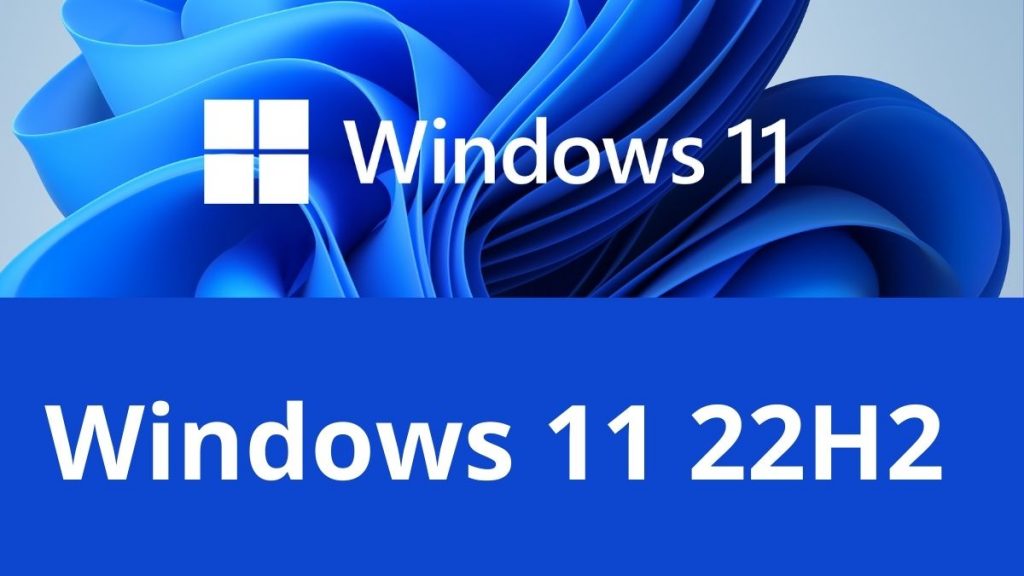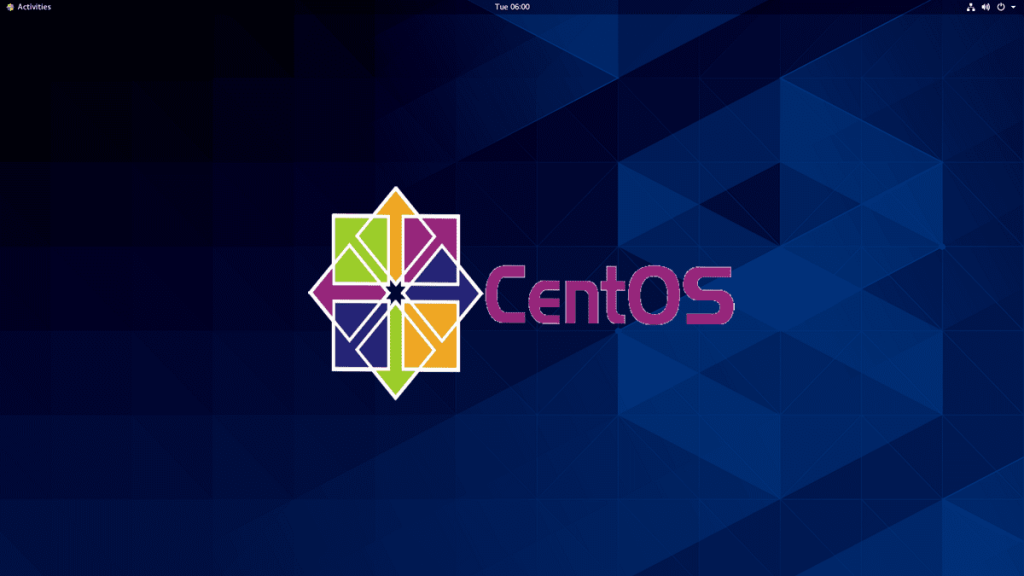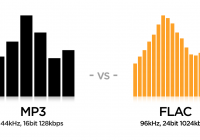Definitions and Functions of the Hosting Control Panel in the World of the Web. For those of you who are experienced in the world of websites and servers, of course, you are certainly familiar with the term hosting control panel. hosting control panel is software that is very useful in helping us to build and manage a website or web-based application.
For those who are new to trying to create a website or want to learn how to manage a web server yourself, they will want to know what the hosting control panel actually is and what it does in running a website.
A hosting control panel is a software program provided by a web hosting provider that functions to operate, organize, run and manage all the facilities available on web hosting. So, with this hosting control panel, website owners and web hosting providers can make arrangements for all activities related to domains, websites and web hosting.
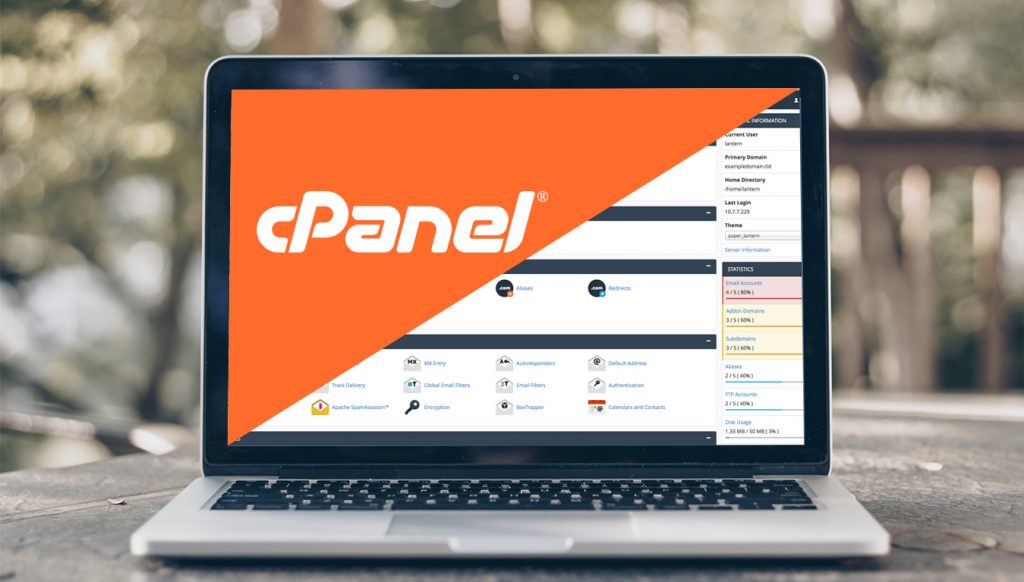
CPanel one of the Hosting Control Panel
There are several types of hosting control panels available online and they all offer different features and service designs, such as cPanel, Plesk, DirectAdmin, and many other types of hosting control panels.
In the operating system, the appearance of each hostng control panel is different from one another. However, in general, the functions of the features available in it can be said to be almost the same.
The function of this control panel is to assist web hosting providers and website users in managing and running the facilities available on web hosting according to their needs. For a more detailed explanation, that the control panel has many functions. The hosting control panel functions are as follows:
1. Installing Applications
The function of this control panel is to handle the use of tools that will be used to install the software needed on a website so that it runs according to its function or to remove software that is deemed unnecessary.
2. Setting, registering, and transferring domain names
Control panel can perform the process of moving the domain. Transfer of domain names, usually for a variety of reasons. For example, the service is less good than the old register, so they want to move and want to combine the domain with hosting in one register. In addition, there is a transfer of domain names, because there is a process of transferring ownership of domain names.
3. Checking website visitor statistics
In the control panel, a feature is available to be able to view your website traffic and visitor statistics, so you don’t have to upgrade the load capacity which can be burdensome for the internet server and also without having to download plugins from outside which might harm you and your web hosting provider. So, you will not be complicated, if you want to observe the statistics of website visitors.
4. Management of email addresses
The control panel can also add email accounts, access webmail with a browser, and configure email clients. So you can create an email address according to the domain you have to make it look more professional.
5. Monitor server performance
The Control Panel also has tools that can be used to control the status of the internet network, make changes to settings, set preferences for sharing files and computers, as well as configure Internet connections, and various other things.
6. Backup and Restore
The hosting control panel also has a backup and restore feature that allows you to back up your data when you want to make changes or anticipate problems and later you can restore the data back.
7. Set up the Security System
The hosting control panel also plays a role in managing configurations for the security needs of a server where the device synergizes with anti-spam, anti-malware, and also anti-virus so that your website is secure.
Currently there are many variants of hosting control panels that exist and are growing, and for example, here are some of the most widely used hosting control panels up to now:
1. CPanel
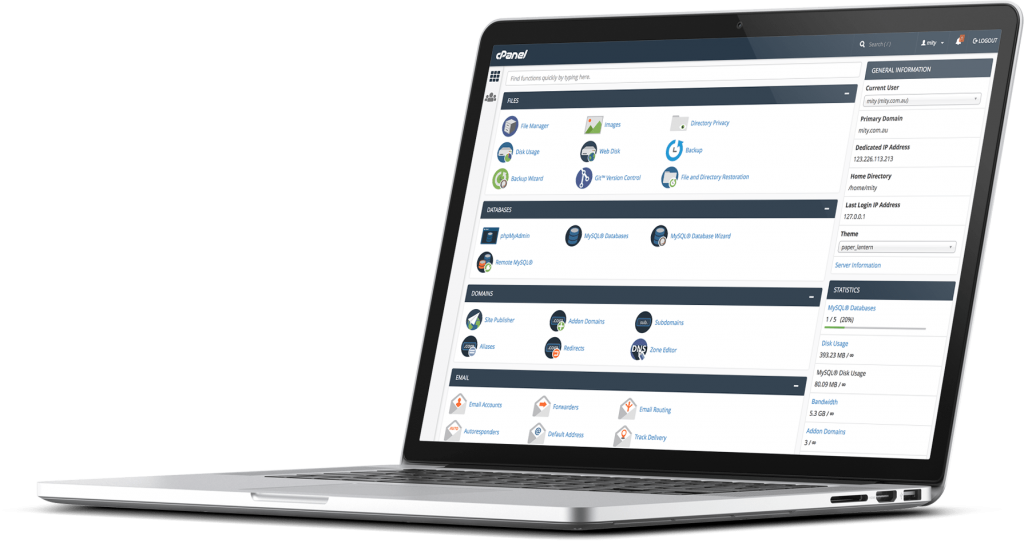
CPanel Interface on a Laptop
CPanel has a variety of features, and all of those features are only on one website page. Thus, it allows all features to be easily accessible and also prevents website visitors from having to press many “clicks” on the menu to access each of these features one by one. In addition, the advantage of cPanel compared to other types of hosting control panels is that it always updates all services regularly. This aims to improve service and convenience to customers.
In addition, the appearance of cPanel is simpler, uncomplicated, and is perfect for beginners who are just starting out in the world of the internet related to domains, websites, and web hosting. In addition, it turns out that the average web hosting developer also chooses a simple and uncomplicated cPanel, because this hosting control panel presents interesting features that can provide satisfaction in managing web hosting.
2. DirectAdmin
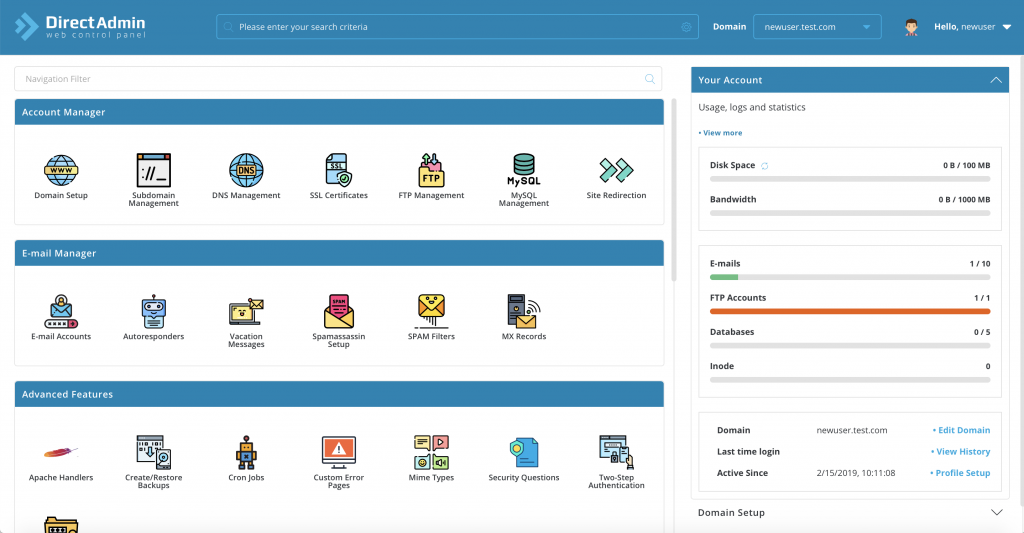
DirectAdmin interface
DirectAdmin is a type of hosting control panel that has quick and easy-to-use access to manage and manage hosting and websites, basically it can be used as a web hosting control panel. This control panel has been developed since 2003. DirectAdmin can run on the LINUX operating system.
Similar to other types of hosting control panels, DirectAdmin is used to manage websites and assist web hosting providers in monitoring the operational system on web hosting and websites in a web-based and graphical interface. This control panel can also manage and manage the number of websites, email accounts, and so on.
DirectAdmin is programmed automatically to run the operational system, so that web providers can easily share and provide website owners with several ways and tips in managing and managing the website.
3. Plesk
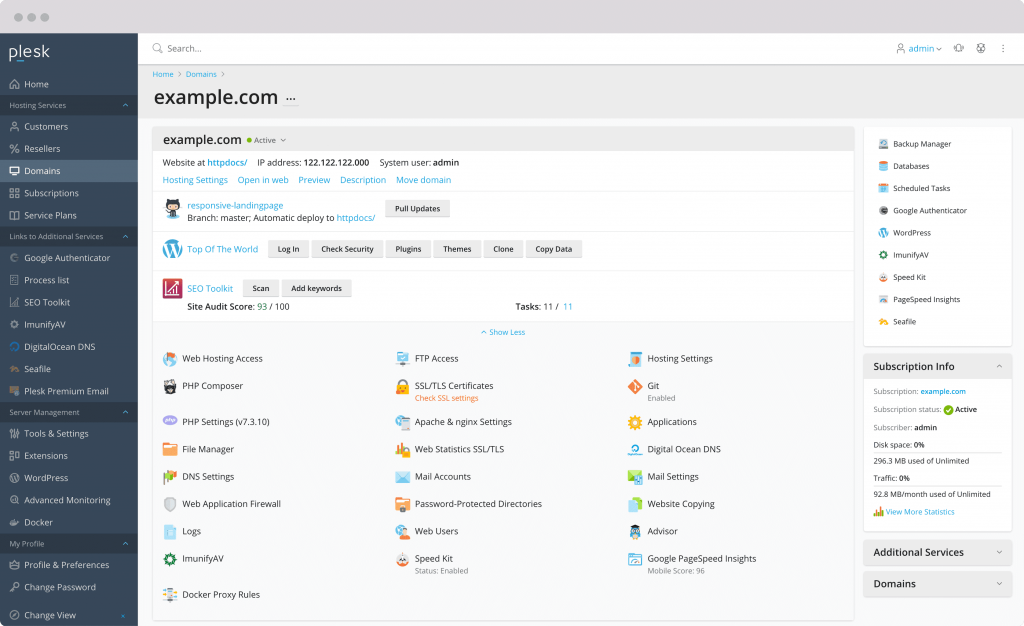
Plesk panel interface
Plesk is a type of hosting Control Panel that is used to manage all hosting facilities. When it was first released, Plesk was under the auspices of a company from the United States, namely Plesk Inc and designed in Russia.
Plesk currently runs on Windows and Linux operating systems. By choosing Plesk as the hosting control panel, we can perform various activities on the website, just as we use another hosting control panel that is familiar in Indonesia, namely cPanel. Either, plesk or cPanel are both reputable hosting control panels today.
4. ISPManager
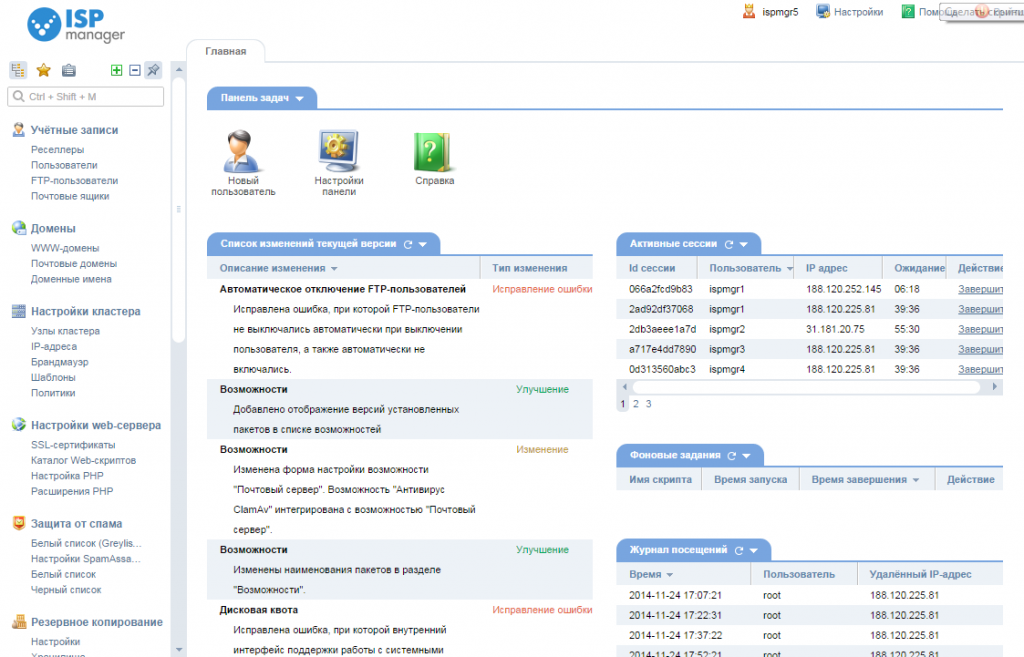
ISPManager panel Interface
ISPmanager is a Linux based control panel. Windows users may be a little disappointed with this control panel, because they are given a limited selection of features.
ISPmanager is a control panel that has a simpler appearance and design. When compared with other control panels. However, this lack of appearance does not reduce the quality of the features offered. This control panel is widely used by web developers in Eastern Europe.
All control panels that have been discussed have their respective advantages and disadvantages. It is quite difficult to judge which hosting control panel is the best. However, it all depends on your choice. However, these web control panels actually have similarities with one another. namely to help and simplify the management of web hosting.
Such is the explanation of the hosting control panel and its functions with some examples that are popular today. Thank you and don’t forget to read How to Choose the Right Web Hosting to Optimize Your Web.



